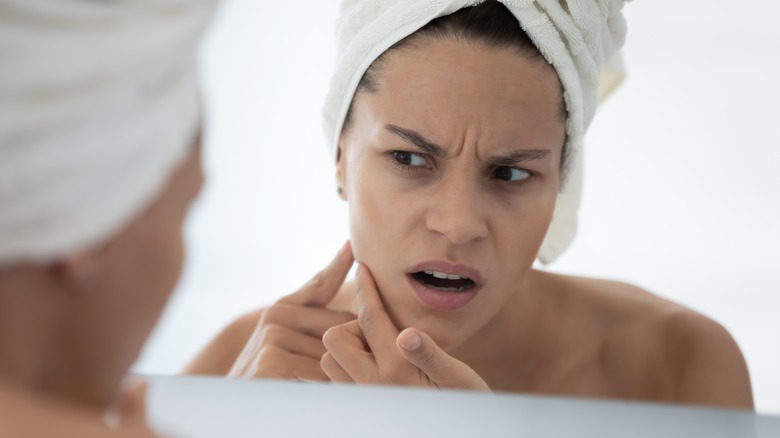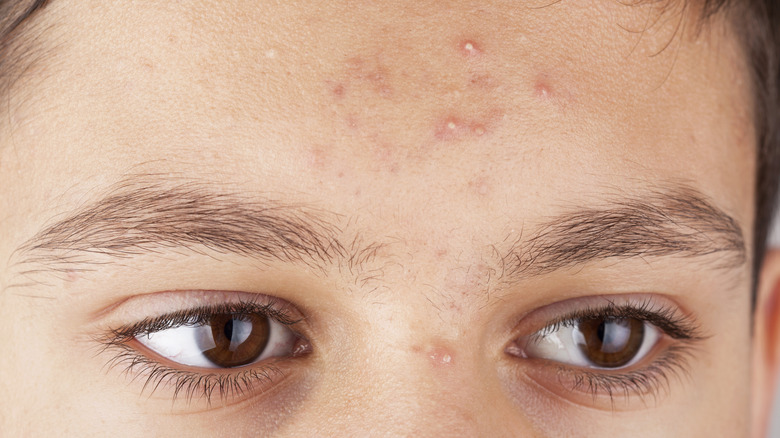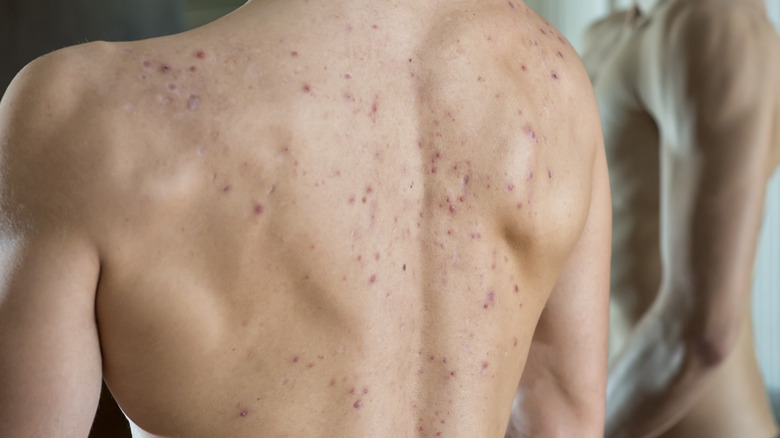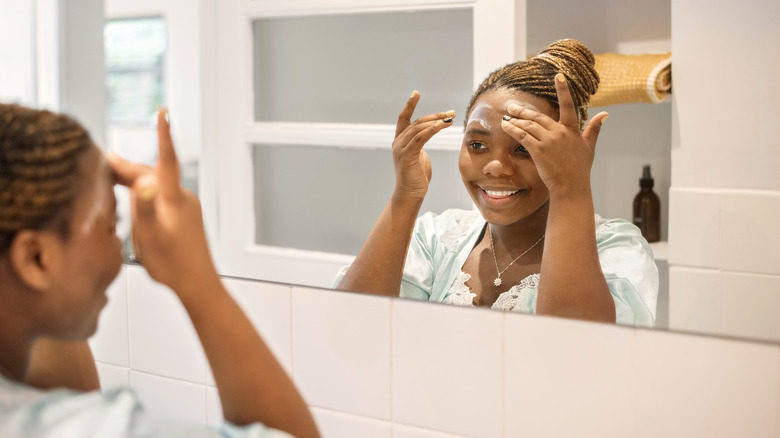Why A Pus-Filled Pimple Isn't Bad News
Waking up to a pus-filled pimple on an important day can be an incredibly frustrating experience. For many people, pimples, especially those filled with pus, are considered unsightly blemishes they try to avoid at all costs.
However, it's important to understand that the formation of pus-filled pimples is a natural and essential process within the body's immune system. Although the sight of a pus-filled pimple can be off-putting, it's actually a sign that the body is actively defending itself against harmful pathogens.
Understanding the scientific foundation behind the formation of pus-filled pimples can be enlightening and reassuring, and may help you feel more confident and comfortable with your skin's natural defenses. What is happening beneath your skin, and why does pus sometimes develop?
Understanding the biology of pimples
Dealing with pimples can be frustrating, but they are a natural part of the skin's healing process. Pimples, or acne vulgaris, are common skin lesions on the face, neck, chest, back, and shoulders (per Yale). They usually appear as small red bumps, pustules, or cysts. Pimples occur when the hair follicles and oil glands become clogged, which can happen for various reasons, such as excess sebum (skin oil), dead skin cells, makeup, or pollutants.
Although it may be uncomfortable, this immune response is essential to healing. The body's immune system aims to combat the bacterial infection and clear the obstruction, ultimately healing the skin. Pus-filled pimples are a direct response to the immune system's action. Pus contains white blood cells, bacteria, and tissue debris, explains Medline Plus and is a sign that the body's healing process is underway. It's the body's way of recruiting immune cells to the site of infection, increasing blood flow, and accelerating the repair process.
Pus-filled pimples and healing
Understanding how the body heals itself can be helpful. According to a 2022 study published in the Journal of Clinical Medicine, the body's immune system is hard at work fighting off the bacterial infection that causes the pimple. Special white blood cells called "neutrophils" and "macrophages" are doing their part to address the issue by destroying and removing the bacterial invader. As the immune response winds down, the inflammation and discomfort associated with the pimple will start to subside, too.
Once the infection is under control and the inflammatory response diminishes, the skin begins the regenerative process by producing collagen, essential for repairing any damage. While small pimples can heal relatively quickly with minimal evidence of the former blemish, larger or more severe pimples may take longer to heal. They may even leave some discoloration or scarring (per Healthline). But, by taking care of your skin and following a healthy skincare routine, you can support your skin's natural healing process and minimize the appearance of acne scars or discoloration.
Resisting pimple popping and supporting skin recovery
When treating pimples, it's important to avoid popping them as it can do more harm than good. Popping a pimple can drive bacteria deeper into the skin, increasing the risk of infection and inflammation (per Healthline). Additionally, it can damage the follicle wall, spreading pus and causing more pimples to form in the surrounding skin. Popping can also result in scarring.
The best thing you can do is let your immune system do its thing and support the healing process. Use a mild, fragrance-free cleanser to wash your face daily, says Cleveland Clinic. Avoid scrubbing too hard, as this can worsen acne (per American Academy of Dermatology Association). Choose skincare and makeup products labeled as non-comedogenic, which are less likely to clog your pores. Keep your skin well-hydrated with a non-comedogenic moisturizer to help it heal more efficiently. Avoid touching your face too much, which can transfer dirt and bacteria to your skin, according to Healthline.
Dealing with a persistent pimple can be frustrating, but safe and effective treatments are available. Over-the-counter topical treatments like benzoyl peroxide or salicylic acid can be effective. However, follow the instructions and avoid overusing them, as they can dry out your skin (per Mayo Clinic). If you have recurring or severe pimples or are experiencing unusual symptoms like excessive pain or scarring, it may be time to see a dermatologist. They can provide personalized treatment options, including prescription medications or procedures, to address your needs.




